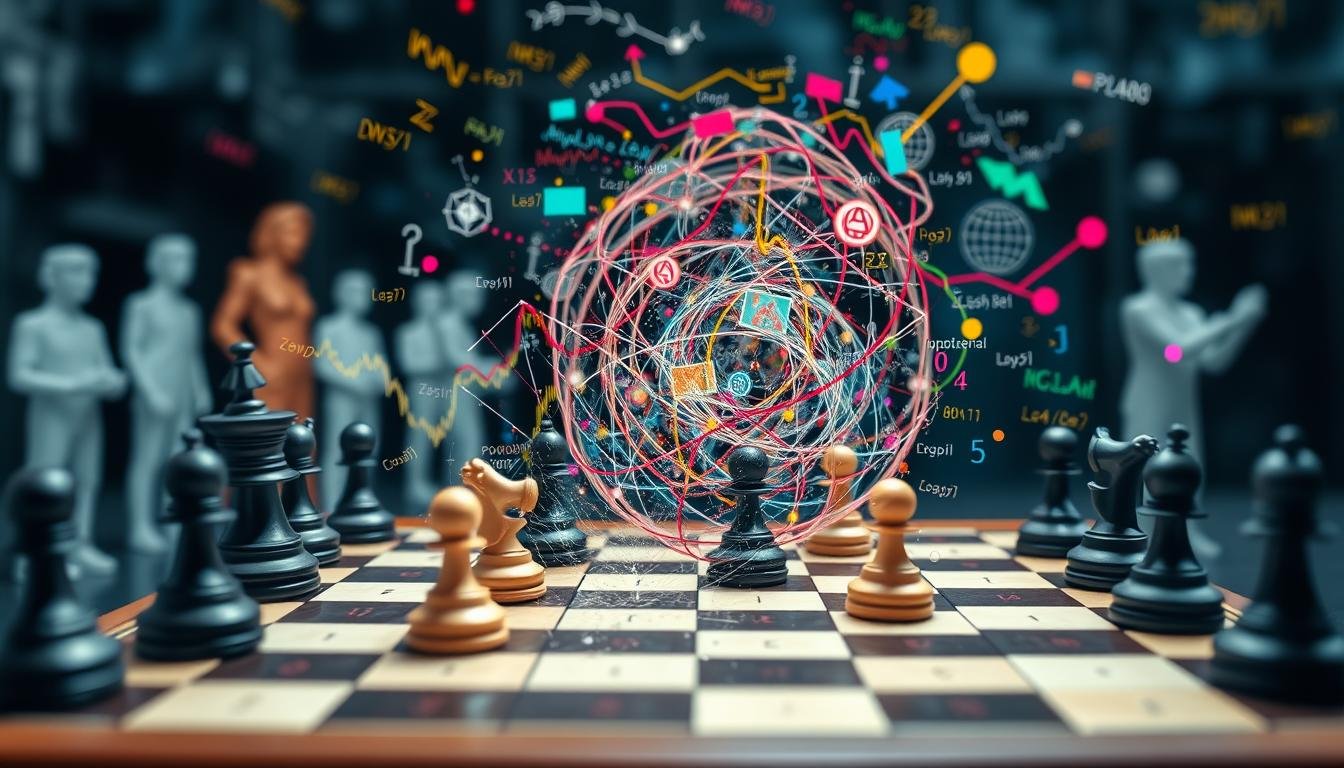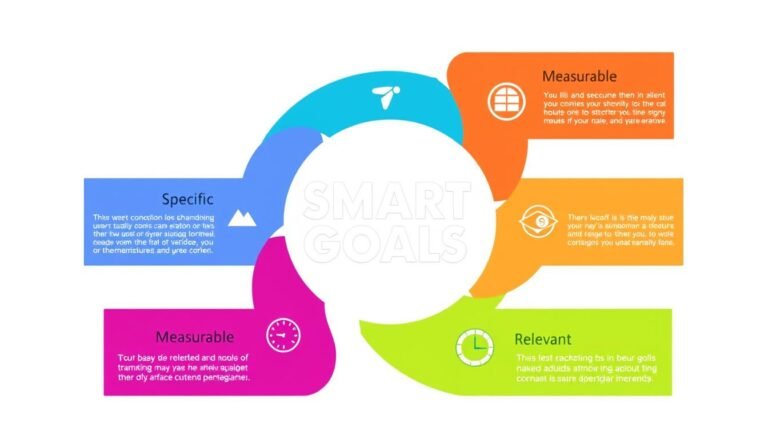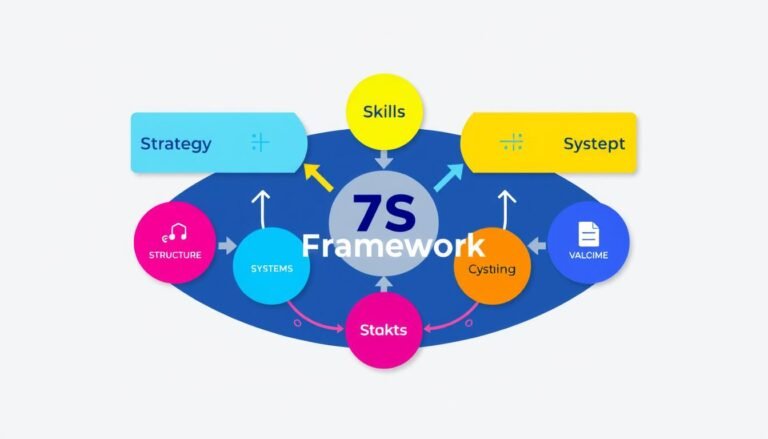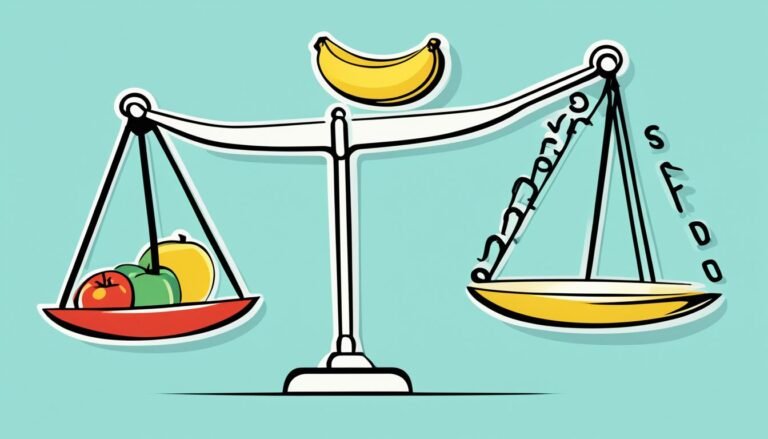Exploring Game Theory in Strategic Decision-Making
Have you ever thought about why people often choose actions that hurt the group? This is what Game Theory is all about. It looks into how people make choices in a world full of competition and uncertainty. By mixing math, psychology, and philosophy, Game Theory helps us understand how people act in these situations.
In this article, we’ll dive into the history of Game Theory. We’ll see its main parts and how it affects different areas like economics, political science, and business strategy.
Key Takeaways
- Game theory has deeply changed economics, with 12 top economists winning the Nobel Prize for their work since 1970.
- The prisoner’s dilemma shows how personal benefits can lead to bad results for everyone.
- Deadlock situations highlight the challenges of working together or going alone in strategic situations.
- Game theory helps businesses make decisions on pricing and entering new markets.
- Coordination games show that working together can lead to better results for everyone.
- Game theory also applies to political science, helping us understand how groups form and vote.
Understanding Game Theory and Its Importance
Game Theory is a key area of study that looks at how people act in strategic situations. It started with the work of mathematician John von Neumann and economist Oskar Morgenstern in the 1940s. Now, it plays a big role in making decisions in many areas.
The Origins and Development of Game Theory
Game Theory’s early work focused on math models for conflict and cooperation among rational agents. John Nash made big strides with his Nash equilibrium idea. This idea shows a state where no player can do better by changing their strategy alone. Knowing about these strategic interactions helps us understand competitive behaviors.
Key Components of Game Theory
Game Theory simplifies complex situations into key parts. These include:
| Component | Description |
|---|---|
| Players | Individuals or groups making decisions. |
| Strategies | The choices players can make. |
| Payoffs | The results of different strategy mixes. |
Significance in Modern Decision-Making
Game Theory’s impact on decision-making is clear in fields like economics, political science, and business strategy. Economists use it to study oligopoly and predict pricing and firm behavior. Businesses use it to get ahead by understanding markets and customers.
This theory is key in managing projects, helping with team dynamics and motivation. Knowing game theory helps with planning and doing better, making it important for today’s decisions.
The Role of Nash Equilibrium in Strategic Choices
John Nash introduced the Nash equilibrium in 1950, changing game theory and strategic thinking. It’s when no player can improve their position by changing their strategy alone. This shows how stable decisions are made when many people make rational choices together.
Defining Nash Equilibrium
Nash equilibrium means each player picks the best strategy knowing the others’ moves. Players need to understand their opponents to reach this balance. While it helps find the best strategy, it doesn’t always lead to the best outcome for everyone.
Players choose their moves based on what they think others will do. This leads to stable but not always the best results.
Real-World Applications
Nash equilibrium is used in many areas. In economics, it helps understand market behavior and competitive actions. For instance, when two gas stations set low prices, they reach a Nash equilibrium.
This balance means neither station benefits from changing its price alone. Setting different prices would lead to lower profits.
In political science, Nash equilibrium helps with election strategies and forming coalitions. Voters make choices thinking about what others will do. This leads to equilibrium outcomes. These examples show how Nash equilibrium helps us understand competitive situations.
Classic Games that Illustrate Strategic Decision-Making
Classic games are key to learning about strategic decision-making. They show how people act in different situations. Games like the prisoner’s dilemma, matching pennies, and the deadlock game reveal the reasons behind players’ choices. These games help us see patterns of cooperation, competition, and conflict.
The Prisoner’s Dilemma and Its Implications
The prisoner’s dilemma shows a tough spot for two people. They must choose to cooperate or defect. If they both cooperate, they get a moderate reward. But if one defects and the other cooperates, the defector gets a lot more.
This game points out the problem in making strategic decisions. It shows how acting in one’s own best interest can lead to bad results for everyone.
Exploring the Matching Pennies Game
In the matching pennies game, two players pick heads or tails at the same time. One tries to match the other, while the other aims to differ. This game teaches about zero-sum dynamics, where one person’s win equals the other’s loss.
It shows how competitive situations work in strategic decision-making.
Understanding the Deadlock Game
The deadlock game is about a social dilemma where players need to work together but have different goals. It shows how hard it is to get everyone to agree for the greater good. Often, this leads to outcomes that are not the best for everyone.
Studying this game helps us understand the challenges of reaching agreement in different situations.
| Game | Players | Strategies | Nash Equilibria |
|---|---|---|---|
| Prisoner’s Dilemma | 2 | 2 | 1 |
| Matching Pennies | 2 | 2 | 0 |
| Deadlock Game | 2 | Variable | Variable |
| Battle of the Sexes | 2 | 2 | 2 |
| Cake Cutting | N | Infinite | Variable |
These classic games help us understand strategic decision-making in different situations. By looking at each game’s details and results, players can see the complexity of working together and competing.
Applications of Game Theory in Various Fields
Game theory is a key tool in many areas. It helps us understand and predict complex behaviors. It’s used in economics, political science, and business strategy to analyze strategic interactions.
Economic Models and Market Behavior
In economics, applications of game theory are vital for building strong economic models. They help us understand how markets work. This knowledge guides pricing and competition among companies.
For example, game theory is used in dynamic pricing. Companies use it to set prices and keep customers happy. It’s also key for deciding when to enter new markets and how to stand out with products.
Game Theory in Political Science
In political science, game theory sheds light on election strategies and how groups work together. It helps with diplomatic talks and agreements on arms control. By studying strategic moves, leaders can guess what others might do. This helps them make smart choices in tough situations.
Utilizing Game Theory in Business Strategy
In business, game theory guides important parts of business strategy. Companies use it for pricing, launching products, and negotiating. The goal is to get the best results in a competitive world.
For example, auctions like English and Vickrey auctions use game theory. They help companies set up bidding strategies across different industries.
Challenges and Considerations in Game Theory
Game theory looks into many concepts but faces big challenges. Critics say the idea of rational thinking is too simple. In real life, people often act based on feelings, not just logic.
Limitations of Rationality Assumptions
Rational choice is key in game theory, helping predict how people make decisions. But, relying too much on rational thinking is a problem. People don’t always act as the theories say they should.
When we don’t know what others might do, making decisions gets harder. This gap between theory and reality is a big issue in using game theory.
Complexity in Analyzing Strategic Interactions
Games are complex because they involve many strategies and players. This makes figuring out the outcome tough. In some games, there are many possible best solutions, making decisions tricky.
Humans can change their strategies over time, based on what happened before. This unpredictability makes it hard to use game theory in real situations. The focus on math can sometimes ignore the real world’s complexity.
| Challenge | Description |
|---|---|
| Rationality Assumptions | The assumption of rational behavior may not reflect real-life decisions, as individuals can be influenced by various psychological factors. |
| Lack of Information | Players often face challenges due to incomplete information about other participants’ strategies and cost functions. |
| Multiple Nash Equilibria | In nonzero-sum games, multiple Nash equilibria exist, complicating the decision-making process significantly. |
| Behavioral Adaptability | Players’ ability to modify strategies over time leads to unpredictable outcomes that challenge stable predictions. |
Conclusion
Game theory is key to understanding complex strategic decisions. It looks at how people and groups make choices that affect each other. This helps us see how acting rationally can lead to both competition and teamwork.
It aims to find ways to work together when everyone’s goals are linked. This can prevent bad outcomes when everyone just looks out for themselves.
Game theory is vital in today’s complex world. It shows us, through examples like the prisoner’s dilemma, that working together can be better than going it alone. This knowledge helps people make better choices in areas like economics, politics, and business.
In short, game theory gives us both theory and practical advice for making better decisions. As things keep changing, we’ll need to keep learning and adapting to get the best results in our strategic interactions.
Source Links
- How Game Theory Strategy Improves Decision-Making
- Strategic Decision-Making Through Game Theory: Insights and Applications
- Game Theory: A Comprehensive Guide
- Game Theory Explained | American Experience | PBS
- Nash Equilibrium: How It Works in Game Theory, Examples, Plus Prisoner’s Dilemma
- Game Theory: Understanding Strategic Decision-Making and Nash Equilibrium
- Nash Equilibrium: Understanding Game Theory’s Cornerstone – Morpher
- List of games in game theory
- Games, Strategies, and Decision Making, 2nd Edition
- Some Classic Simultaneous-Move Games
- Real-Life Applications of Game Theory – GeeksforGeeks
- Game theory
- Game Theory and Ethics
- 9.5.4 Concerns Regarding Game Theory
- The current state of game theory
- Conclusion
- Game Theory: Understanding Strategic Interaction in Everyday Life
- Conclusion And Future Applications Of Game Theory – FasterCapital







